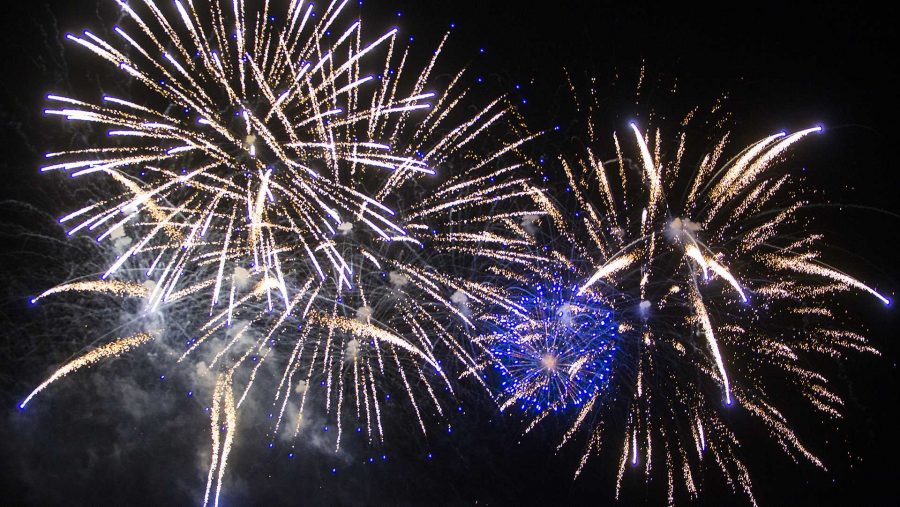Legalization of fireworks prompts concern from UIHC in a recently published report.
by Andy Mitchell
[email protected]
In a recently published report, the University of Iowa Hospitals and Clinics Injury Prevention Research Center found a rise in the number of firework-related accidents after legalization in Iowa in May.
On May 9, the state Legislature passed SB489, a bill legalizing the sale of fireworks in the state for the time periods of June 1 to July 8 and Dec. 10 to Jan. 3.
The report drew from four years—2014-2016 to represent the time period before legalization and 2017 as post-legalization. Researchers collected data from UIHC records using search algorithms to seek out instances involving fireworks.
The report determined firework injuries were more severe after legalization. Firework-related injuries requiring surgery rose from 20 percent to 57 percent after legalization.
Before SB489 was passed, 20 percent of firework-injury patients were admitted to the hospital from the Emergency Department. After it was passed, 57 percent of firework-injury patients were admitted to the hospital.
“We expected more injury but not the increase in severity,” Clinical Assistant Professor Kathleen Romanowski, one of the authors of the report, said.
She said the subject was brought to her attention when she was on call at the hospital during July 1-4. She noticed an increase in firework-injury patients, and her colleagues had similar observations.
RELATED: Fireworks law sets off some fireworks
“Are we just noticing it more, or has there been a change?” Romanowski recounted the question she and the authors of the report asked themselves.
Romanowski said the report is not a full perspective on the problem for the state, because the report only pertains to the UIHC. Researchers contacted Methodist in Des Moines for more data. In addition, the authors of the report plan on observing the quarter report of the Iowa Hospital Association.
“One of the interesting findings is that many of these injuries affect people who aren’t handling the fireworks,” Clinical Associate Professor Nicholas Mohr, a coauthor of the report said. “It’s the position of the policymakers to be concerned about the safety of these bystanders.”
According to the report, bystanders experienced an increase in injuries after legalization and at a higher proportion than firework handlers.
The report also found men are more likely to be injured by fireworks, and after legalization, there was an increase in percentage of males under 18 being injured by fireworks in the studied cases.
A step to mitigating the fireworks injuries comes from public outreach, Romanowski said, and the report outlined basic strategies for going about informing the public.
While still thinking of how to reach young males, the demographic most affected by firework injuries, the authors of the report are considering visiting high schools, Romanowski said.
“It’s the new normal,” Iowa City Fire Chief John Grier said. “You’ll see an increase in public-safety messaging. We want to make sure folks are a little more educated.”
Grier said the key thing officials will work on is education for the public using such tools as social media and by circulating fliers to educate people on Iowa City fireworks ordinances and safety precautions.







